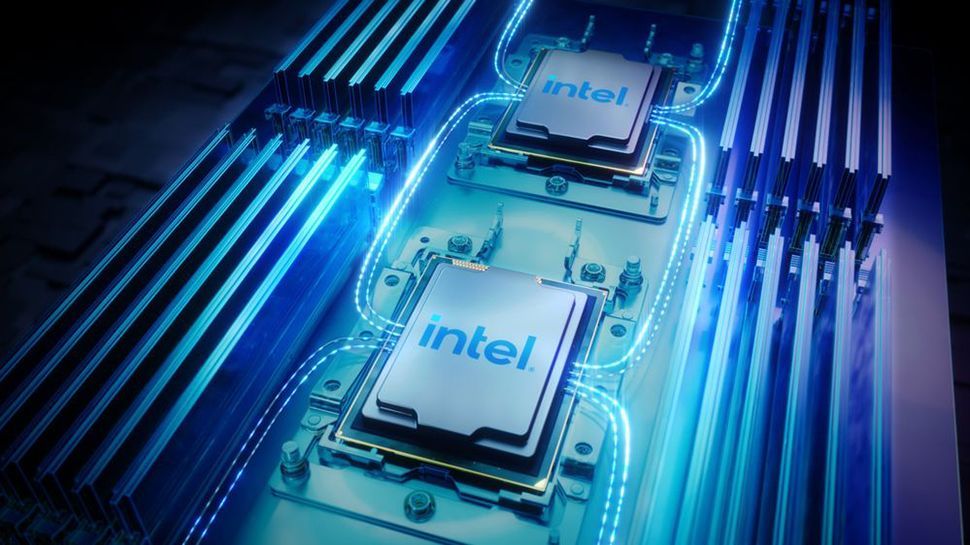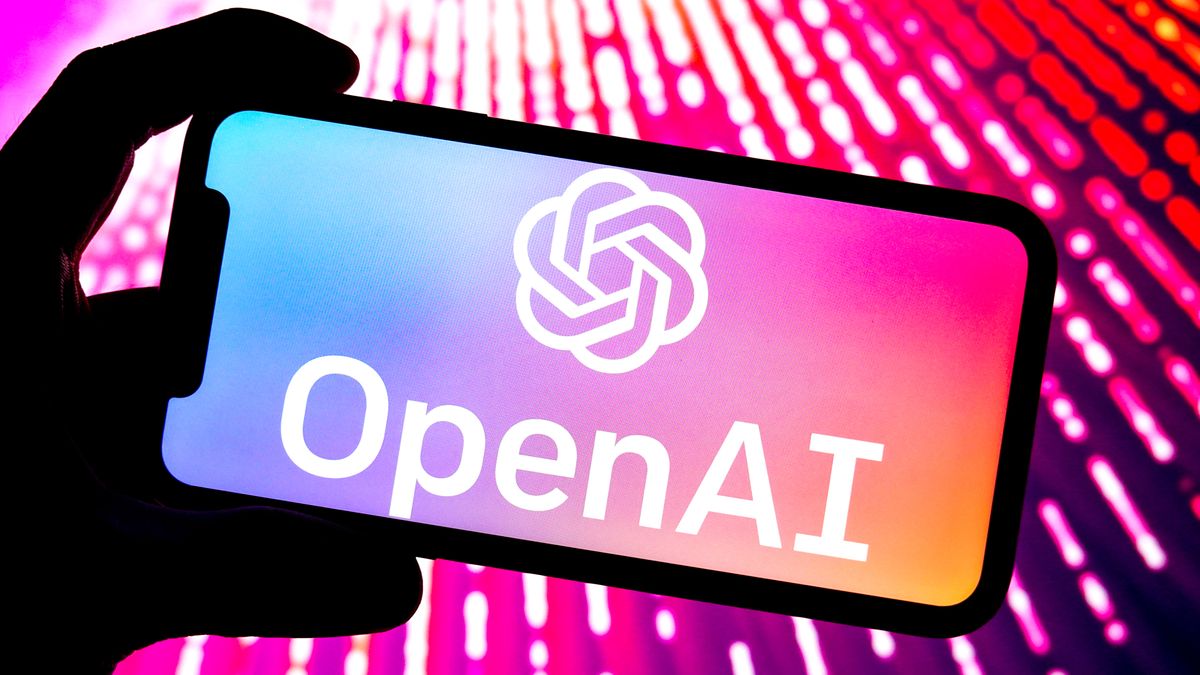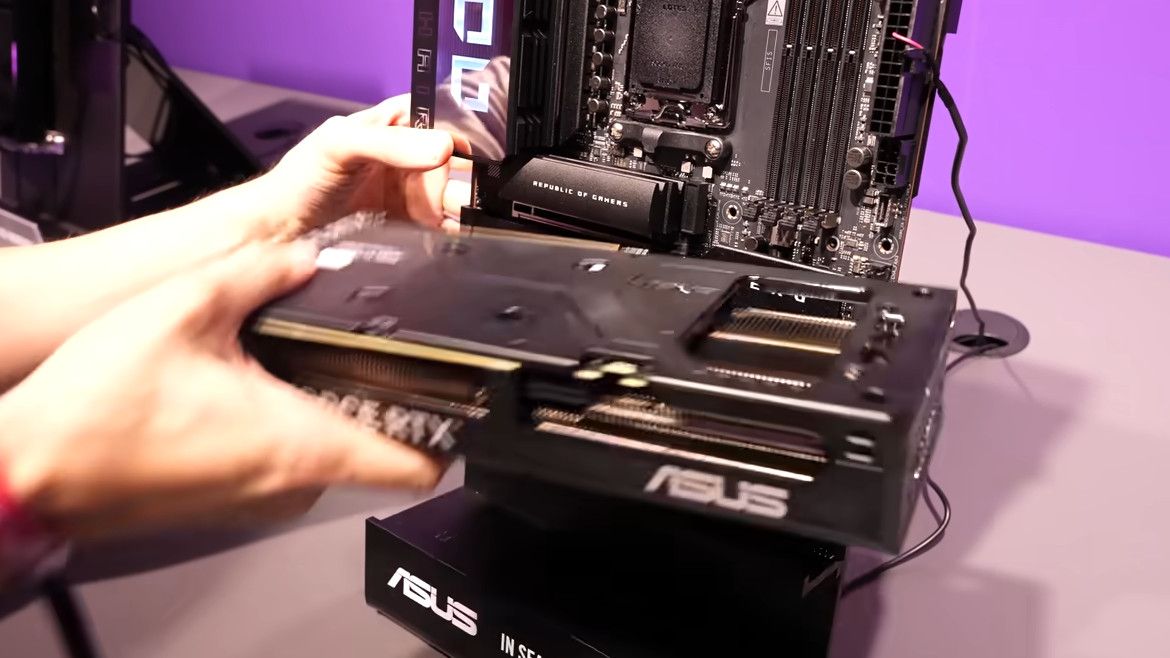Intel introduced the industry’s first fully integrated bi-directional optical I/O chiplet at the recent Optical Fiber Communications Conference (OFC) 2024.
This optical compute interconnect (OCI), introduced by Intel’s Integrated Photonics Solutions group, supports 64 channels of 32 Gbps data transmission in both directions over up to 100 meters of optical fiber.
The technology, which can be connected to CPUs and GPUs (a task that was previously difficult to achieve), addresses the growing demand from AI infrastructure for higher bandwidth, lower power consumption and greater reach.
Meeting the demand for AI
It’s well documented that AI-based applications, including LLM and generative AI, are creating unprecedented demand on I/O bandwidth and driving the need for wider reach to support larger CPU/GPU clusters. Electrical I/O, which is based on copper traces, offers high bandwidth density and low power consumption but is limited to short distances. Intel says its co-packaged optical I/O solution can transmit data over much longer distances with greater efficiency and lower power consumption, vital to AI/ML infrastructure scalability.
The OCI chiplet integrates a silicon photonics integrated circuit (PIC) with lasers and optical amplifiers on-chip, with a power IC. It supports 4 Tbps bi-directional data transfer, supporting PCIe Gen5, using 8 wavelengths at 200 GHz spacing on a single fiber. It also consumes just 5 picojoules (pJ) per bit, compared to 15 pJ/bit for plug-in optical transceiver modules.
Intel's OCI chiplet is just a prototype for now, but the company says it is working with select customers to package OCI into systems-on-chips (SoCs) and systems-in-packages (SiPs).
“The ever-increasing movement of data from server to server is straining the capabilities of today's data center infrastructure, and current solutions are quickly approaching the practical limits of electrical I/O performance,” said Thomas Liljeberg, senior director of Product Management and Strategy for Intel's Integrated Photonics Solutions Group.
“However, Intel's achievement enables customers to seamlessly integrate co-packaged silicon photonics interconnect solutions into next-generation computing systems and increases reach, enabling ML workload acceleration that promises to revolutionize high-performance AI infrastructure.”








